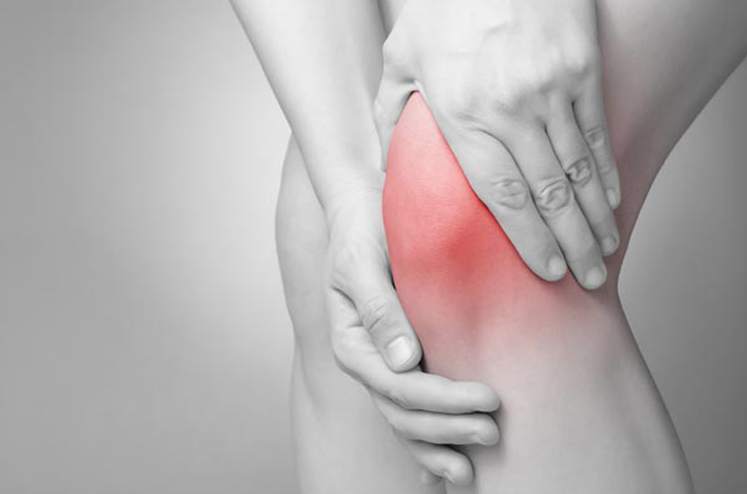Monsoon and Joint Pain

It is that time of the year again! Monsoon - when greenery returns to the gardens and fields, leaves begin to sprout, the peacock dances, frogs croak with abandon, and crickets shatter the night’s silence. Children wait eagerly to get a glimpse of a rainbow, and also to get a fresh 'rain bath.'
However, monsoon is a bearer of bad news for those who have bone disorders, especially in the joints. People aged 60 and above are prone to this, but young adults can also be affected. There is a saying that people who have arthritis and related joint problems can sense monsoon approaching when their joint pains aggravate. Yes, it has been proven that during rainy season, joint aches and other related problems increase more than usual. Barometric pressure is thought to be the main culprit. Barometric pressure is the weight of the atmosphere that surrounds you. When barometric pressure is higher, it keeps tissues in your body from expanding. Usually, this barometric pressure drops before bad weather such as rain.
Thus, the lower air pressure pushes against your body. In turn, tissues expand and form a greater pressure on your joints. This pressure is microscopic and we don't actually notice it. The only sign of that pressure is the sensation of pain you feel.
Another way monsoon causes increased joint pain is because this season is accompanied by increased humidity. High humidity levels can make the blood thicker, which increases blood pressure in the blood vessels, and makes the body work harder, to pump blood through the body. Humid days can cause the body to become dehydrated, which decreases the concentration of fluid around the joints and create more joint pain.
The best way to reduce this pain is through exercise. Regular stretching exercises and daily physical activity will keep such discomfort at bay. Stretching twice a day is highly recommended. Try early morning stretching exercises. If you are sitting for long hours, ensure you stand up and walk every half an hour. Sitting in an air-conditioned environment aggravates the pain. Hence, make it a point to get up and walk a few steps every 40 minutes. You can also go for some office yoga or stretches.
OTHER TIPS INCLUDE:
Manage Weight – People who are overweight or obese can reduce the joint pain intensity by losing their weight. The weight you put on forms a large pressure on your joints, thus increasing pain.
Quit Smoking – Smoking causes stress on connective tissues which leads to increased pain.
Apply ice packs and hot compresses to aching joints
Acupuncture and massage can also help relieve pain
Eat food rich in vitamins, particularly food with Omega-3 fatty acids.
When to visit the doctor:
If the joint pain persists for three weeks or more, or aggravates, consulting a doctor is advised. The doctor may advice a few blood tests to identify the cause, physiotherapy or other lifestyle modifications may be recommended accordingly.
